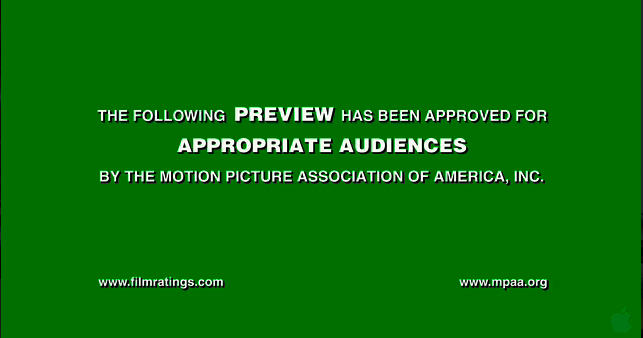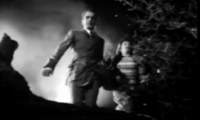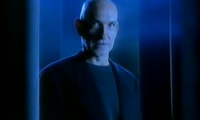If you had to give a name for the kind of film Stanley Kubrick’s “The Shining” is, I’m guessing you would not come up with “Romantic Comedy.” Maybe you would have opted for “Horror?” “Gothic?” But take a gander at this, if you haven’t already.
Robobos, “Shining: Trailer” (2006)
Thanks to some creative editing and the ongoing miracle that is YouTube, you can see this homemade trailer, renamed simply “Shining,” presenting the movie as unlikely example of a genre to which it does not belong: Romantic or domestic comedy. It’s upbeat, sentimental, and pretty much everything works in the end. Not how you remembered it.
Among the great burgeoning archives on the internet is an immense cache of film trailers, which, until recently, were hardly accessible as such. In the olden days, you would have had to go to a film archive to get them after the fact: no video store in their right mind would stock a two-minute trailer or even compilations of them. Now you can view the trailers for thousands of major and minor movies of the past and some decidedly offbeat films. And with the renewed prominence of the trailer comes its bastard offspring, the spoof trailer, of which hundreds now circulate on the internet.
Tech-savvy kids and the occasional adult take snippets of scenes from the film and recut them to have them mean something (almost) completely different. Skewing the soundtrack can also make a huge difference. So, for example, in this version of “The Shining” the perturbing high-modernist dissonances of a Ligeti are replaced by Peter Gabriel’s unduly cheerful “Solsbury Hill,” turning the emotional world upside down.
And that annoying voice? The spoofs make the original trailers, with their overbearing deep-throated, sensitive-but-macho voices of someone who has seen more films than Quentin Tarantino, seem all the more like the trumped-up things they are.
 Aside from the sheer entertainment value of the good ones, these send-up trailers can teach us things. “Shining” reminds us how much depends on where and when any given incident occurs in the sequence of the film. Sure there are lighthearted, corny, and calm moments in “The Shining,” but we know, from one clue or another, that problems are “just around the corner” in this film of claustrophobic corridors in an otherwise vast hotel set in a boundless landscape. The trailer shows the separate moments to building blocks and motifs and incidents whose meaning will alter radically based on the position in a sequence.
Aside from the sheer entertainment value of the good ones, these send-up trailers can teach us things. “Shining” reminds us how much depends on where and when any given incident occurs in the sequence of the film. Sure there are lighthearted, corny, and calm moments in “The Shining,” but we know, from one clue or another, that problems are “just around the corner” in this film of claustrophobic corridors in an otherwise vast hotel set in a boundless landscape. The trailer shows the separate moments to building blocks and motifs and incidents whose meaning will alter radically based on the position in a sequence.
Take marriage, say: If you’re a character in a Jane Austen novel or a Shakespeare play, you should try to postpone the wedding until til the end of the book. If it’s Austen and you get married early on, it means you’re a minor character; if you’re in a Shakespearean tragedy, you don’t want to get married in Act I, like Othello and Desdemona. Had it been Act V, no problem. But for a major character to get married in Act I is really bad news.
The mock trailer for “The Shining” tends to reverse sequence of things, having what appear to be troubling things come first and the sentimental or even sappy things come second or last, taking them out of their content and now implying, improbably, some grand resolution in the end.
Chris Rule & Nick Eckert, “Scary ‘Mary Poppins’ Recut Trailer” (2006)
The phenomenon should have legs. From “Mary Poppins” recast as a horror movie to any film with a series of what could vaguely be construed as homoerotic glances or embraces being turned into “Brokeback“…
chocolatecakecity, “Brokeback To The Future” (2006)
Whatever, the possibilities are more or less endless. The more pretentious the original, the better.
And you can try this at home.
– Ian Balfour




